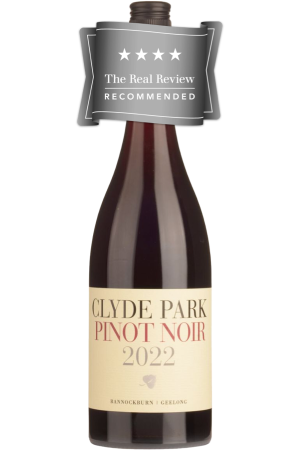Innovation is a hallmark of mixologist Hiroyasu Kayama’s work at Tokyo’s acclaimed Bar Ben Fiddich. Considered one of the world’s best bars, a near-impossible reservation grants access to an intimate parlor room in one of Shinjuku’s countless commercial buildings. When I sat down before Kayama last month, he was well-prepared for my arrival, and to tell the story behind his “Fresh Campari”, a seven-year old viral curiosity that requires more than a dozen ingredients including angelica and calamus roots, licorice, cinnamon, grapefruit juice, and vodka.
It’s the longest trip I had undertaken to sample a new spin on the popular amaro, but not the most arduous. During my ongoing reporting on the war in Ukraine, I experienced firsthand how replacing Campari products behind the bar, with alternative brands and original formulas, had become an act of wartime resistance in protest of Campari Group’s continued operations in Russia. While Kayama’s Fresh Campari recipe has been no cause for alarm at Campari Group, it has set a precedent for what’s possible when push comes to shove.
A Fresh Take
Kayama is a historian as much as an innovator, and while working on my drink, he pulled out a dusty tome from the bookcase behind him: an 1899 second edition of J. Fritsch’s “Nouveau Traite de la Fabrication des Liqueurs.” He flipped it open to the recipe for Alkermes de Florence, explaining how this precursor to Campari dates back to the Medici family while simultaneously pouring me samples from some of his favorite







